Good snacks make you salivate. But do they make you laugh? JagaRico (じゃがりこ) does both.
If you’ve ever had the patience to look at the back of your JagaRico cup before peeling open the lid, it should’ve hit you with a joke before hitting your tastebuds.
Calbee, the food company that invented JagaRico, boasts a collection of more than 110 flavors. And every one of them has its own set of Japanese dad jokes called dajare (駄洒落) or oyaji gyagu (親父ギャグ) on the back.
“On each product, there are two dajare,” said Matsui Atsushi, brand manager of JagaRico, in a 2018 interview. One dajare is a play on words with the flavor’s name. The other dajare is designed into the barcode.
“I hope that it sparks conversation. Even to have somebody eating alone to giggle at it would make me happy,” said Matsui.
JagaRico dad jokes have in fact caught the attention of many hungry snackers on Japanese social media. So we thought to put these dajare to test with our English readers and Japanese learners here.
Table of Contents
Planning a trip to Japan? Get an authentic, interpreted experience from Unseen Japan Tours and see a side of the country others miss!

"Noah [at Unseen Japan] put together an itinerary that didn’t lock us in and we could travel at our own pace. In Tokyo, he guided us personally on a walking tour. Overall, he made our Japan trip an experience not to forget." - Kate and Simon S., Australia


Keep all you devices connected in Japan - rent a pocket wifi device! Available for hotel pickup or delivered to your airport. Fast speeds and backed by excellent customer service. (Note: Affiliate link - Unseen Japan earns a commission if you make a purchase.)
The flavor for apologizing to your boyfriend after a fight: Garlic and olive
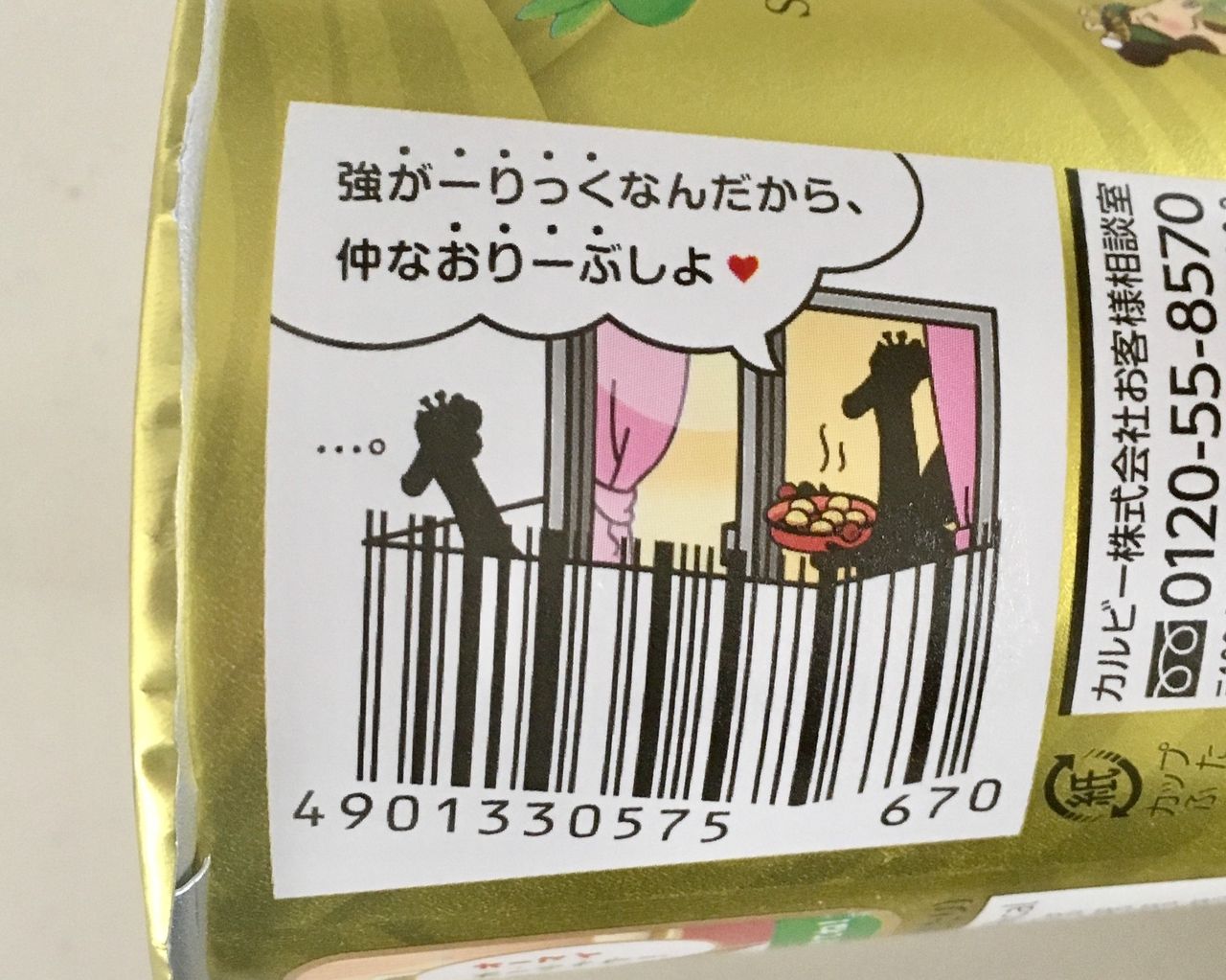
強がーりっくなんだから、仲なおりーぶしよ
(1)強がーりっく(2)なんだから、(3)仲なおりーぶ(4)しよ
(1)強がり(read: tsuyogari) means “someone who is trying to show off how strong they are.” The word tsuyoGARI is made into tsuyoGaRLIC.
(2) なんだから(read: nandakara) translates to “because.” Combine (1) and (2), you get “Because you’re just trying to seem tough,”
(3) 仲なおり (read: nakanaori) means “reconciliation.” The word nakanaORI is warped into nakanaORIBU. In Japanese pronunciation, garlic becomes garriku and olive becomes orribu.
(4) しよ (read: shiyo) is a casual tone for saying “let’s do ___.” Combine (3) and (4), you get “Let’s make up.”
The joke would conjure the scene of a girlfriend telling her boyfriend who’s acting out like a tough guy to end whatever argument they’re having and make up.
The flavor for that person who can’t manage their time: Edamame salt butter
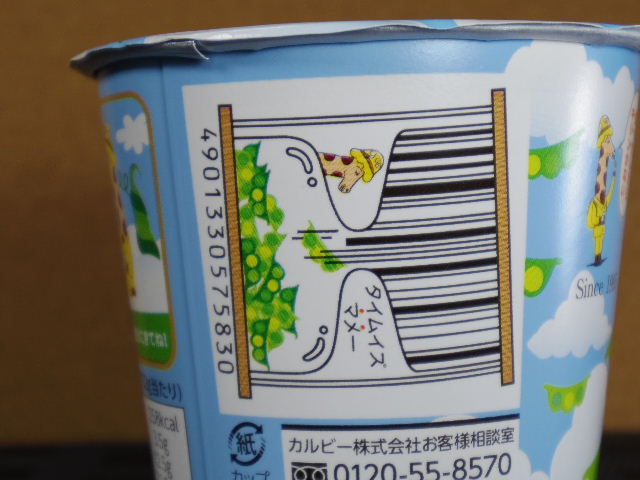
(1)タイム(2)イズ(3)マメー
(1)タイム (read: taimu) means “time.” We Japanese know the word “time.”
(2) イズ (read: izu) means “is.” We know this word too.
(3) マメー (read: mame) means “bean.” Because “mame” sounds similar to “money,” you can…
Combine (1), (2), and (3) and you get “Time is money.”
The flavor for someone leaving their hometown: Butter chicken curry
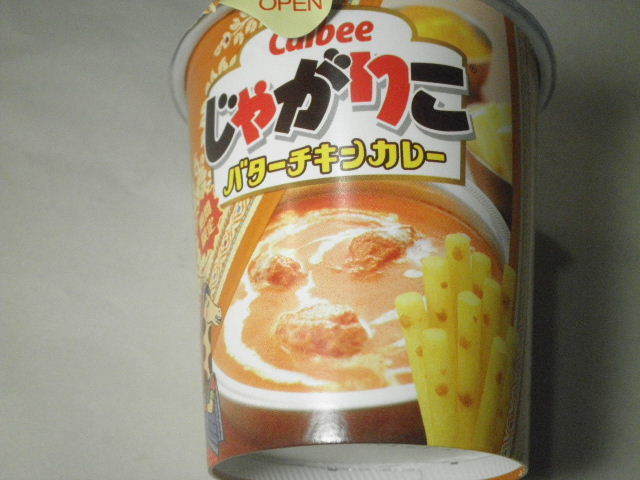
(1)故郷(2)に(3)おわカレー
(1) 故郷 (read: kokyo) means “hometown.”
(2) に (read: ni) means “to.”
(3) おわかれ (read: owakare) means “saying goodbye.” The word owaKARE sounds like owa + CURRY. We can’t find where the butter or chicken is. It could’ve been any curry really.
From Potato stick to dad jokes
The snack cup of crunchy potato sticks we know as JagaRico was born on October 23rd, 1995. This year, JagaRico turns 28 years old.

Known to be Japan’s longtime bestseller JagaRico Salad flavor ranked number 1 for all snack products bought in 2022. Calbee dominates the snack industry with its other popular products.
Calbee had a 13.8% increase in net sales which amounted to 279,315,000,000 yen. This logically decreased the cash flow of the company as Calbee had to invest in property, plant, and equipment in order to meet their production needs.
The company name Calbee comes from putting together “cal” for Calcium and “bee” for Vitamin B1. Naming themselves after what was considered to be two of the most essential nutrients for human health, Calbee set out to make products that would support the well-being of its customers.
In 1992, Calbee put together a small marketing team of five young, hardheaded employees. The team led by the now-retired Yamasaki Hiroaki decided that their target customer was going to be the Japanese high school girl. The 90s was the age of high school girl culture in Japan. So Yamasaki and his colleagues needed to think of a snack that girls could carry around in their schoolbags.
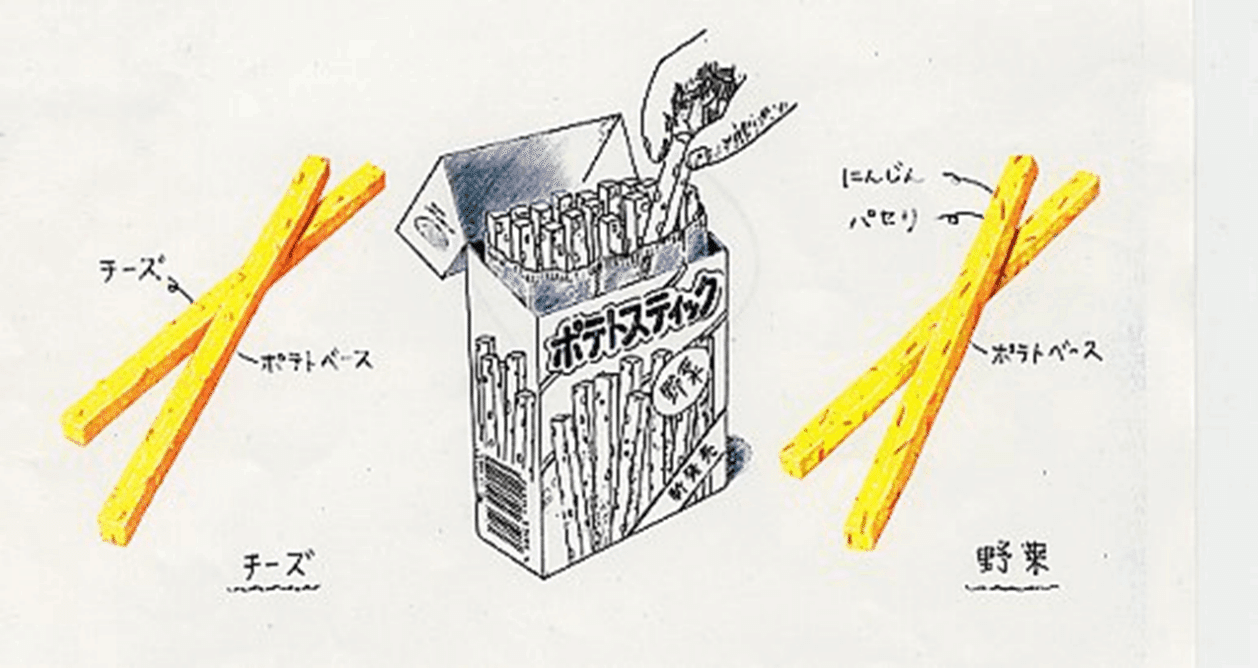
With the enormous success of JagaRico that we see today, it’s hard to imagine that many doubted its success. There were internal employees complaining about the texture. Pre-sale taste tests came back with negative results. But Yamasaki’s team believed that the crunchy dry potato sticks would win over Japanese who already had a love for rice crackers.
So they pushed on and first released the product Jagasticks.
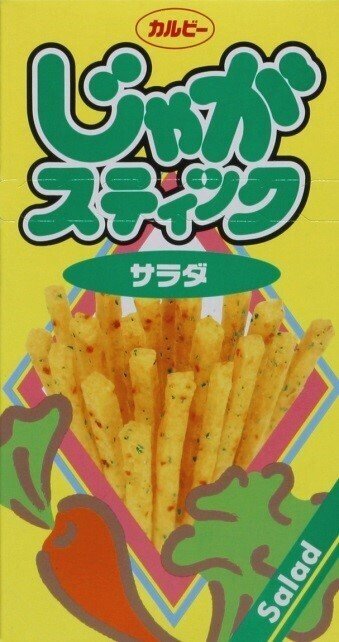
These were shaped like square pillars with edges and were much longer—which caused the sticks to break. So they shaved off the edges and made shorter sticks and created JagaRico.
JagaRico was able to ride the waves of Japan’s F1 boom as a sponsor. They marketed JagaRico as the perfect snack to fit in your cupholder.
The dajare – dad jokes – began three years after the first JagaRico went on sale. The jokes may be as old as any dad joke sounds. But if it comes with a good snack, why not?
What to read next
In Japan, The Great Meiji Snack Battle Rages On
Sources
[1] 注目のだじゃらー Vol.21 松井 淳さん. Dajare Zukai
[2] 「じゃがりこ」開発者が語る始まりの物語. Calbee
[3] 全国ドラッグストア、食品スーパー6,000万人規模の購買データをもとに集計. Truedata
[4] Consolidated Financial Statements for the Fiscal Year Ended March 31, 2023. Calbee
[5] 沿革. Calbee
[6] 商品開発ストーリー. Calbee
[7] 母から娘へ!90年代「ギャル文化」が再燃の必然. Toyo Keizai
